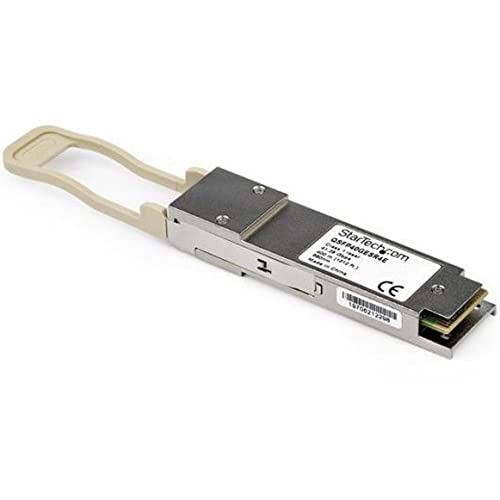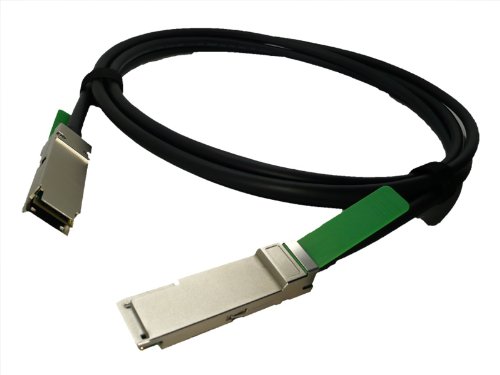High-end networking always demands high-end equipment. You have a lot of options, but you need to make decisions on which technology covers each of your applications. An understanding of cisco SFP transceivers is important while considering all of those options. It’s a core technology that in many networks serves as a primary workhorse.
SFP Compatibility
SFP compatibility is quite tricky. For these modules, there is not a formal, regulated international standard. Instead, within the multi-source agreement (MSA) compatibility is found.

The challenges are that, despite the MSA, SFP modules tend to work best when there is no mixing of brands. Optimizing equipment costs creates an interesting obstacle. In different components of your network, you can follow MSA guidelines and try to use lower-cost parts, or you can simplify compatibility and stay within a single brand.
Advanced SFP
Modernized advancements have been added to the mix since the development of SFP. Namely, SFP+ and cisco QSFP are also now available. SFP+ is a faster version of the same form factor. It supports speeds up to 10Gbps, and across shorter distances, it typically works. SFP+ ports are quite compatible with SFP optics, but the reverse is not true. SFP+ can never operate slower than 1Gbps.

The quad form is the primary difference between QSFP and SFP. By making use of four transmission and reception channels QSFP can hit speeds up to 100 Gbps. For systems that require huge bandwidth QSFP is a powerful upgrade.
Complete mastery of SFP modules demands more learning than might fit in a single article, but this is very much enough to get started. One thing that matters is your understanding of how frequently SFP modules can be used to bridge communications between devices. From there, with the rest of the network, it’s a matter of matching the SFP design.
Applications of SFPs
SFP provides you with a wide range of applications. The most common use for copper modules is bridging network switches. Without requiring bulky equipment, they provide fast copper connections.
In the realm of fiber optics, the applications cover everything starting from high-speed and/or long-range cables. A few common uses of this technology are multiplexing and simplex networking, high-definition audio transmission and reception, and passive optical networks (PON). Due to the variability of cisco QSFP28, it allows it to provide modules for any of these connections, and in speed, range, cost, and accessibility it provides a range of options.

Follow our Facebook and Twitter for more information about our product.






